Freedom Riders: The Men And Women Who Fought Segregation On Buses
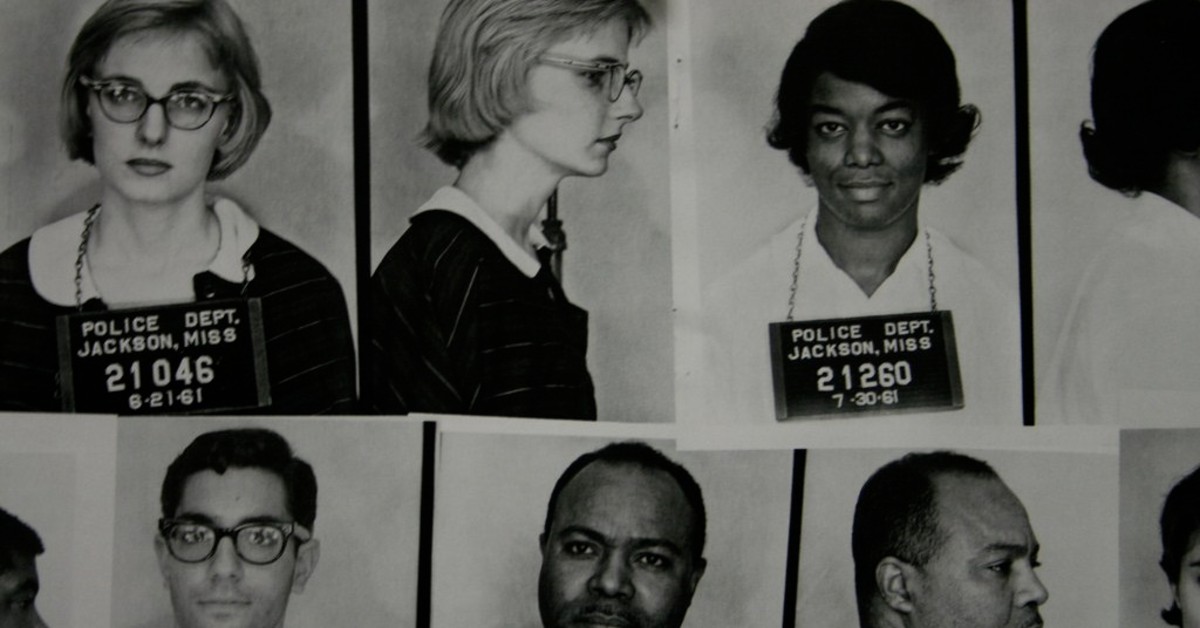
In 1961, a group of brave people decided to catch a bus. Their actions didn't require courage (just) because of the germs and filth that cover every surface of most public transportation vehicles; they did it specifically to defy the Jim Crow laws of the Deep South. These "Freedom Riders," as they were called, knew that the only way to effect change in the world was to face the old ways head on, breaking them down barrier by barrier. They were met with violence and rancor, as local police often left them to their own devices, but their painful efforts put the country's eyes on the Civil Rights movement.
After the Supreme Court's ruling of Boynton v. Virginia in 1960, it was unconstitutional to segregate public buses, but many local buses and stations in the South refused to desegregate. In response, activists planned "Freedom Rides" consisting of racially mixed protesters who boarded buses together. The rides were put together by the Congress of Racial Equality as a version of the same group's Journey of Reconciliation in 1947.
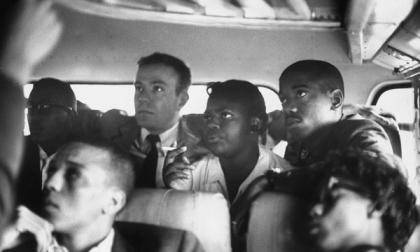
A Long And Scary Trip
Seven black and six white Freedom Riders initially planned to travel from Washington, D.C. to New Orleans between May 4 and May 17, 1961 to celebrate the seventh anniversary of the Supreme Court's Brown v. Board of Education decision. The group made it through Virginia and North Carolina without any dust-ups, but when they arrived in Rock Hill, South Carolina on May 12, they were attacked as they waited to catch their next bus. When they reached Atlanta the following day, they split into two groups. One rider, Peter Ackberg, admitted that he was terrified when he got on his first bus:
I was pretty scared. The black guys and girls were singing ... They were so spirited and so unafraid. They were really prepared to risk their lives.
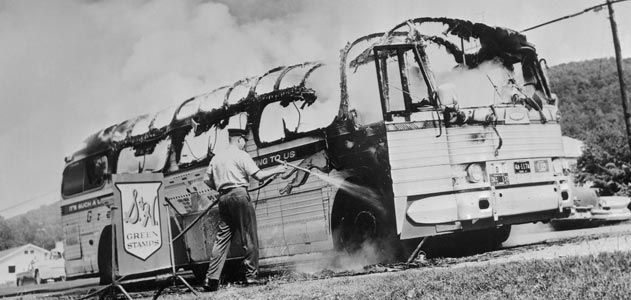
Bloodshed In Alabama
When the first group of Riders arrived via Greyhound in Anniston, Alabama on May 14, they were met by a mob of 200 white people ready to tear them limb from limb. The bus driver kept driving, and the mob gave chase, following in their cars until they got close enough to throw a bomb into the vehicle. The Freedom Riders managed to get out of the bus before it exploded, but the unruly mob was waiting for them.
A similar, brutal fate awaited the Riders on the second bus. They weren't subjected to any fireworks, but still, every member of the group was beaten to within an inch of their lives by the white mob. When Birmingham Public Safety Commissioner Bull Connor was asked why he hadn't posted police protection at the bus station, he explained that it had been Mother's Day and he couldn't spare the men. Sure, he knew the Freedom Riders were stopping in Anniston, but his officers' mothers would never let him hear the end of it. It's not like it's his job to commission the safety of the public.
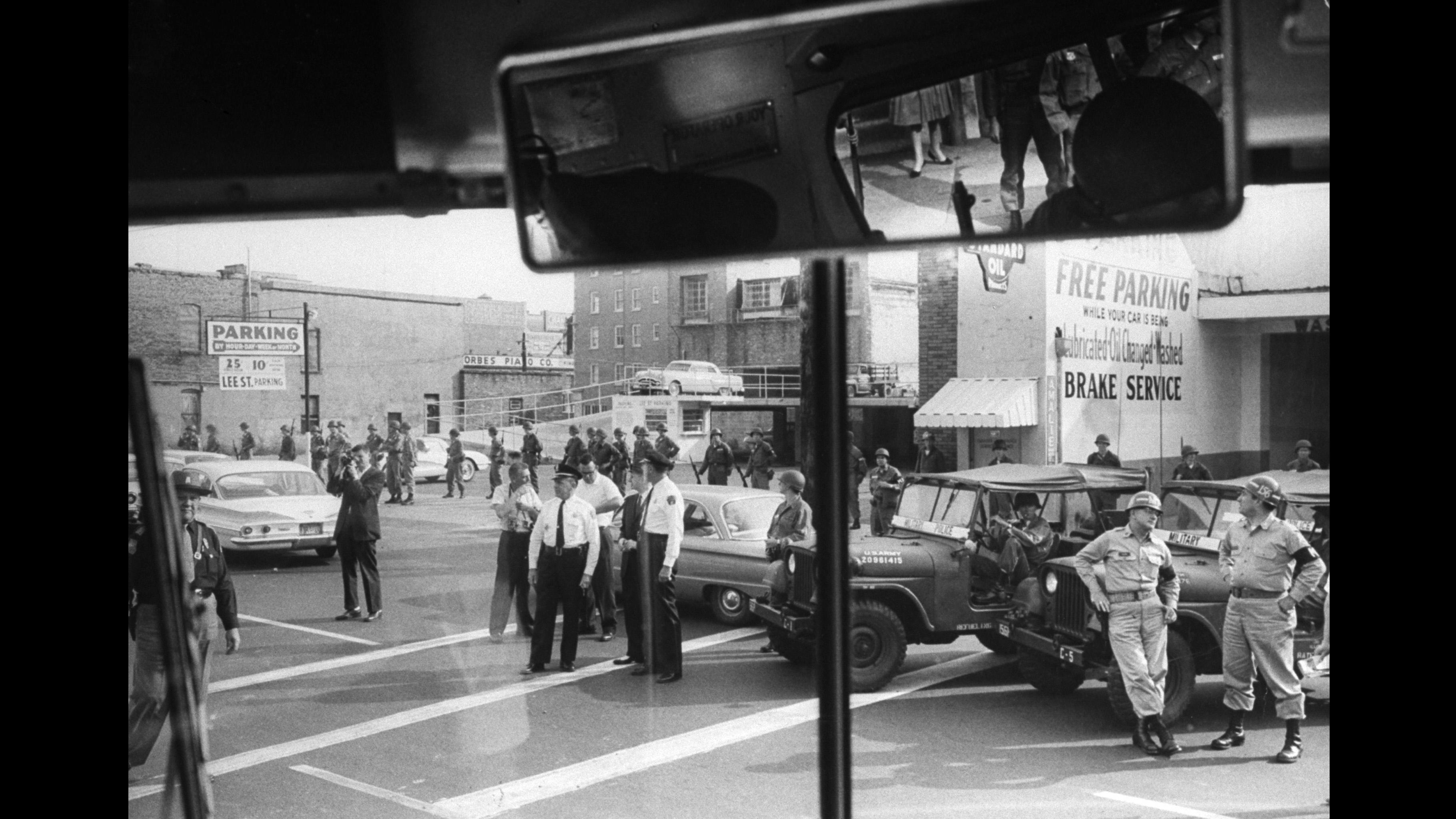
More Trouble In Montgomery
Following the horrific events in Alabama, the national spotlight turned toward the Freedom Riders and their trip through the South, but this triumph was followed by more bad news: They could no longer find a bus driver willing to risk escorting them. With the help of U.S. Attorney General Robert F. Kennedy, a new group of Freedom Riders received state protection and a police escort as they traveled out of Birmingham via Greyhound bus on May 20.
That should have been the end of the story, but after the police escort parted ways with the Greyhound before it arrived at the Montgomery, Alabama terminal, these 10 Nashville students were beset by another mob of white attackers. They beat the group with clubs and pipes as Attorney General Kennedy called in federal marshals to quell the violence. One night later, the marshals had to be called in again when a riot ensued outside Montgomery's First Baptist Church while Martin Luther King, Jr. led a service.
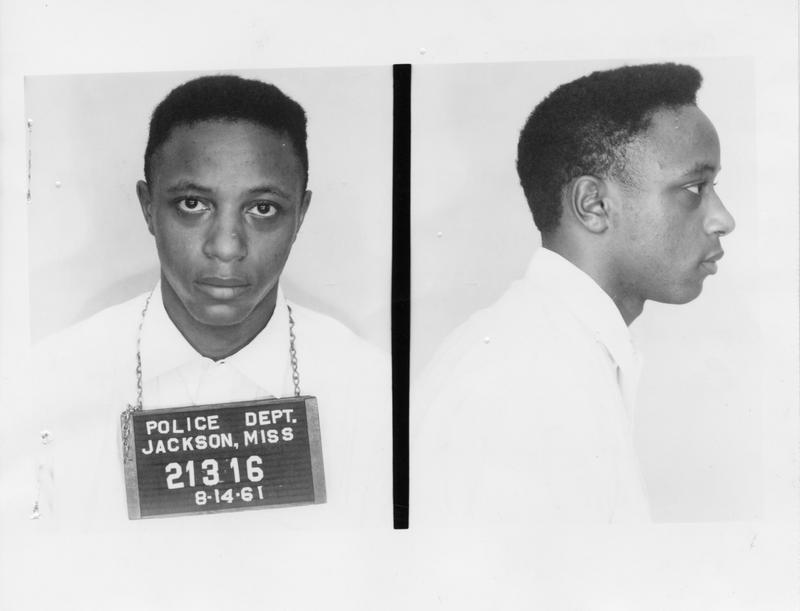
Arrested For Using The Bathroom
On May 24, 1961, a group of Freedom Riders departed Montgomery for Jackson, Mississippi. Despite the hundreds of supporters who arrived to see them off, any black member of the group who tried to use the whites-only facilities was arrested for trespassing. Robert Kennedy called for a "cooling off period," asking anyone with nonessential travel through the area to stay out of the South, lest they be mistaken for a Freedom Rider. "A mob asks no questions," he noted.
The arrested Riders received a joke of a trial, with the judge turning to face the wall rather than listening to their case. They each received 30 days in jail for the crime of using the bathroom, although these convictions were overturned by the Supreme Court after appeals by the NAACP.
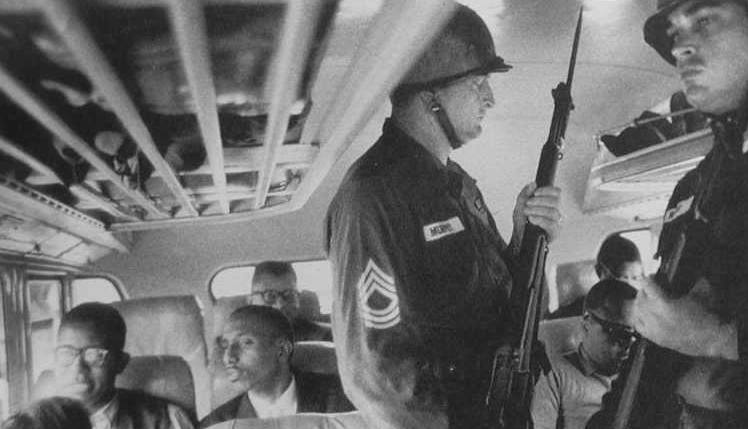
A Peaceful Mob
The initial route planned by the Freedom Riders may not have worked out, but their brave actions inspired more riders to show solidarity with the original 13 by riding buses through the South and forcing the Kennedy administration to prohibit segregation in interstate transit terminals. Segregation didn't end with the Freedom Riders, but they fanned the flames of the Civil Rights movement and gave everyone who believed that all people are created equal a goal to which they could aspire.
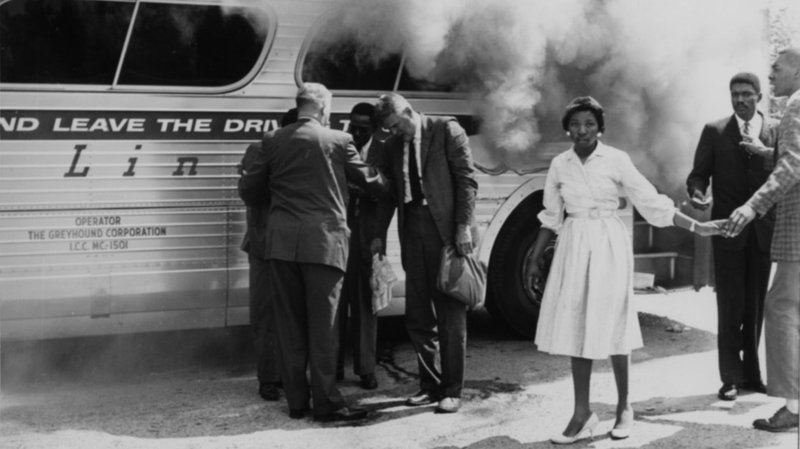
The Legacy Of The Freedom Riders
Out of the hundreds of Freedom Riders who were inspired by the original 13, many have gone on to prominent public positions, including those in law, journalism, and higher education. John Lewis, one of the original Riders who was attacked in Rock Hill, was elected to the U.S. House of Representatives in November 1986. The legacy of the Freedom Riders isn't just in what they did in 1961 but what they did with the rest of their lives.
No comments: